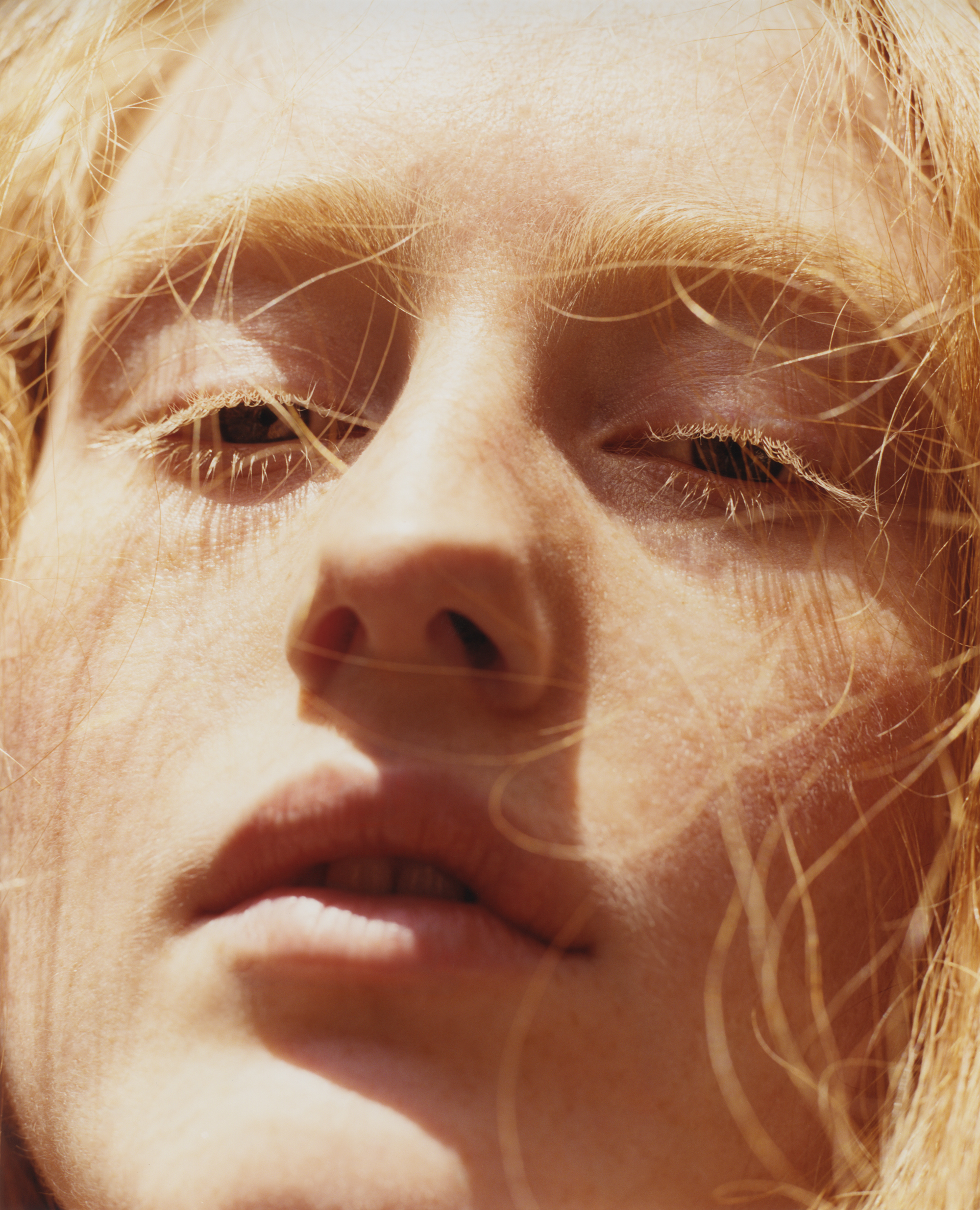Purple Magazine
— F/W 2016 issue 26
India Menuez
angel heart
interview by OLIVIER ZAHM
photography by HARLEY WEIR
style by HALEY WOLLENS
TINA OUTEN at Streeters, hair
The New York art scene is not dying, as so many think. There’s a new generation of emerging artists following after Dash Snow, Dan Colen, and Ryan McGinley: young, spontaneous, easygoing, feminist women. They use every medium from Instagram to sculpture, performance to fashion, and are audaciously open and independent. At the center of this emerging scene is 22-year-old India Salvor Menuez.
Seven years ago, India created the art performance group Luck You, performing in galleries and on the Internet, and making sculptures, paintings, and films. She supported herself by modeling for photographers, designers, and painters like John Currin and brands like Miu Miu. Her appearance in Olivier Assayas’s Something in the Air kick-started her budding career in cinema, and she is currently working on directing a film, curating more exhibitions,…
